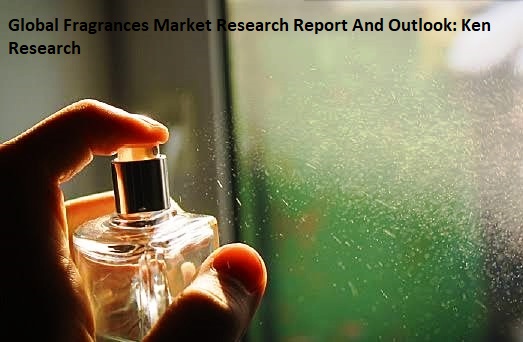The global skin whitening market is a complex and controversial landscape. While some regions see it as a path to achieving a coveted “fair” complexion, others are questioning its safety and ethics. Let’s delve into the current market size, explore the driving trends, and peek into the uncertain future of this industry.
Market Size: A Multi-Billion Dollar Industry
Despite ongoing debates, the skin whitening market is a significant economic force. Estimates suggest the global market size reached around USD 10 billion in 2022 and is projected to reach USD 17.90 billion by 2032. This growth is fueled by several factors:
- Asia-Pacific Dominance: This region, particularly countries like China, South Korea, and India, holds the major share of the market due to cultural preferences for lighter skin tones.
- Rising Disposable Income: As disposable income increases in developing countries, consumers have more money to spend on beauty products, including skin whiteners.
- Targeted Marketing: Aggressive marketing campaigns promoting fair skin as a standard of beauty can influence consumer behavior.
Market Trends: A Shift in Focus?
The skin whitening market is undergoing a transformation, driven by several emerging trends:
- Focus on Natural Ingredients: Consumers are increasingly seeking whiteners formulated with natural ingredients like vitamin C, kojic acid, and licorice extract, perceived as safer alternatives to harsh chemicals.
- Demand for Multifunctional Products: Products that offer whitening benefits alongside other functions like hydration, sun protection, and anti-aging are gaining popularity.
- Rise of “Inner Beauty”: A growing awareness of the dangers of excessive sun exposure and the link between self-worth and healthy skin, regardless of color, might shift the focus from whitening to overall skin health.
The Future Forecast: A Cloudy Outlook
The skin whitening market future is uncertain, with several challenges on the horizon:
- Ethical Concerns: Growing awareness about colorism and the celebration of diversity can lead to a decline in demand for skin whitening products.
- Regulatory Scrutiny: Stricter regulations on ingredients and claims made by whitening products can hamper market growth.
- Alternative Approaches: The rise of self-tanning products and a focus on embracing natural skin tones might offer alternatives to whitening.
Conclusion: A Brighter Path Forward
The skin whitening market is at a crossroads. While it might experience continued growth in some regions, a shift towards celebrating diversity and promoting healthy skin practices for all complexions is likely. The future of this industry might lie in offering safe, natural products that focus on overall skin health and radiance, regardless of shade.

